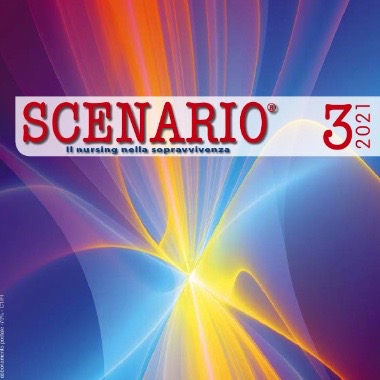Safety and efficacy in the use of improvised tourniquets versus commercial devices in the control of massive haemorrhage: a literature review

Submitted: 7 October 2022
Accepted: 7 October 2022
Published: 7 October 2022
Accepted: 7 October 2022
Abstract Views: 489
PDF (Italiano): 226
Publisher's note
All claims expressed in this article are solely those of the authors and do not necessarily represent those of their affiliated organizations, or those of the publisher, the editors and the reviewers. Any product that may be evaluated in this article or claim that may be made by its manufacturer is not guaranteed or endorsed by the publisher.
All claims expressed in this article are solely those of the authors and do not necessarily represent those of their affiliated organizations, or those of the publisher, the editors and the reviewers. Any product that may be evaluated in this article or claim that may be made by its manufacturer is not guaranteed or endorsed by the publisher.

 https://doi.org/10.4081/scenario.2022.526
https://doi.org/10.4081/scenario.2022.526




